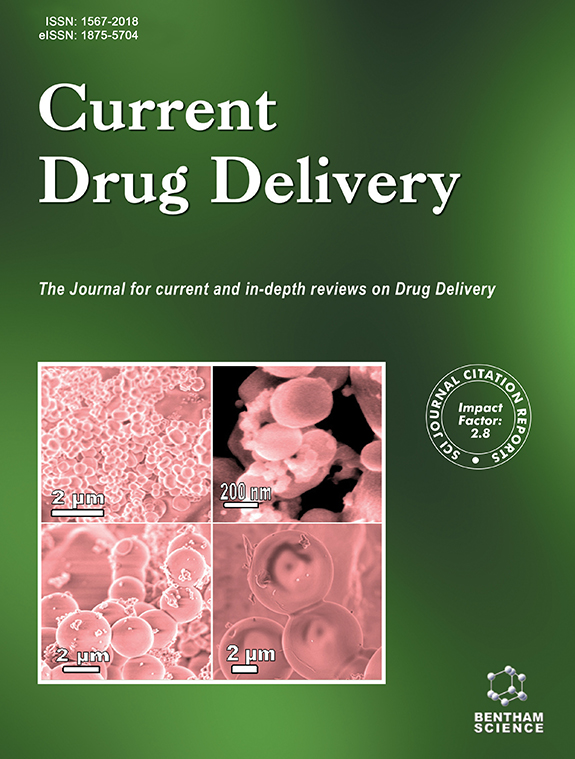Submission Tilte
Nanoemulsions in Cancer Therapy
Submission Abstract:
Solid tumors are characterized by leaky vascular structure, defective angiogenesis, and high interstitial fluid load, providing opportunities for nanoparticles to preferentially exudate and be retained in tumors. This phenomenon is commonly referred to as the enhanced permeability and retention (EPR) effect, which is considered to be an important reason why nanoparticles can passively target tumors. Among the devised nanocarriers, nanoemulsions are currently being envisaged as an effective drug delivery approach for an array of chemotherapeutics because of their unique attributes such as biodegradability, biocompatibility, nanometric size range with a large surface area, optical clarity, non-immunogenicity, sustained-release behavior, ease of formulation and thermodynamic stability. Plenty of nanocarriers, such as polymeric micelles, solid lipid nanoparticles, and nanostructured lipid carriers, have been widely used as the delivery system of anticancer agents. However, their preparation process involves organic solvents or heating, causing poor biocompatibility and content losses because of thermal instability. In contrast, nanoemulsion with excellent drug loading and passive targeting potential can avoid these disadvantages in the preparation process, and be used as a promising drug delivery to target solid tumors. In addition, nanoemulsions also possess some pharmaceutical and clinical advantages such as scalable production, good biocompatibility, biodegradability, physical stability, and low cost. Importantly, they can wrap hydrophobic drugs and alleviate their toxicity via passive targeting. To date, a large number of studies have demonstrated nanoemulsion encapsulated antitumor drugs that manifest higher anti-tumor performance and security than free drugs. In conclusion, nanoemulsion is a suitable delivery system with satisfactory stability, superior antitumor efficacy, and low toxicity.




